School inspectors have rated Glebelands Primary as ‘good’ in their latest report.
A team of inspectors from Education Scotland visited the Dundee school and its nursery in September and have now published their findings.
We’ve scrutinised their report to pull out some of the highlights – including 10 things which they praised.
Two areas of the school’s work were assessed during Glebelands Primary inspection. Both were rated as good. This means there are important strengths but some aspects should be improved.
The areas assessed in the school were learning, teaching and assessment, and raising attainment and achievement.
About Glebelands Primary School
Glebelands Primary School has 359 children in 13 classes, serving the Stobswell and Baxter Park areas.
Almost half of its pupils live in deprived areas and English is an additional language for almost a quarter of them.
Head teacher Michelle Macleod took charge of the school in October last year.
10 highlights from Glebelands Primary inspection report
- Glebie kids – as the school calls them – are polite and treat each other and adults with dignity and respect. They’re also highly motivated and engaged in learning.
- Staff work well together, very effectively led by Mrs Macleod. They know children and their families very well.
- Children have helped to create class and playground charters which set out how they should behave and treat others. Almost all children behave very well most of the time.
- Teachers meet with senior leaders each term to track how well children are doing in literacy and numeracy. Those needing extra help are identified and supported well in class.
- Most children in P1, P4 and P7 – the stages at which this data is collated nationally – reach expected levels in reading, listening and talking, and numeracy. The majority in P1 and P4 and most in P7 are doing so in writing.
- Mrs Macleod has implemented better approaches to tracking and reviewing attainment data, and is helping teachers to better understand how to use this to raise attainment.
- Senior leaders noticed higher absence rates among children with additional support needs. Where children are absent a day or more in every 10 help is given to improve attendance. This includes outdoor learning to boost resilience and confidence.
- Throughout the year every child takes part in at least one pupil improvement group, such as pupil council, dignity group, musical theatre club or a football team.
- Pupils can get free healthy snacks and a school ‘shop’ offers free food, toiletries and clothing where needed.
- A family and school development officer is employed to help build good relationships between home and school and direct families to further support when needed.
Where Glebelands Primary School can do better
Inspectors recommended Glebelands Primary School make improvement in some areas. These were in:
- The nursery to fully involve children in planning their learning
- The school to further develop assessment, helping teachers to raise children’s attainment in literacy, numeracy and maths.
- Both, to better track and monitor children’s progress.

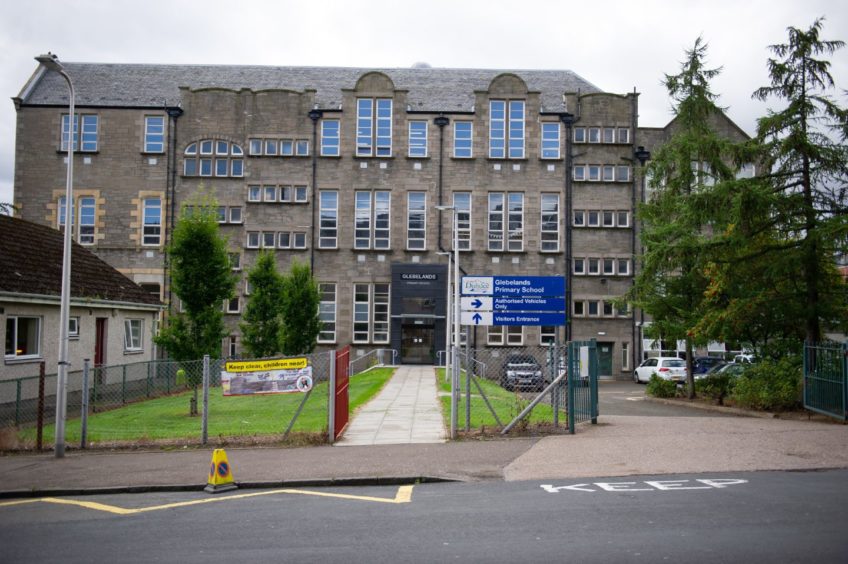

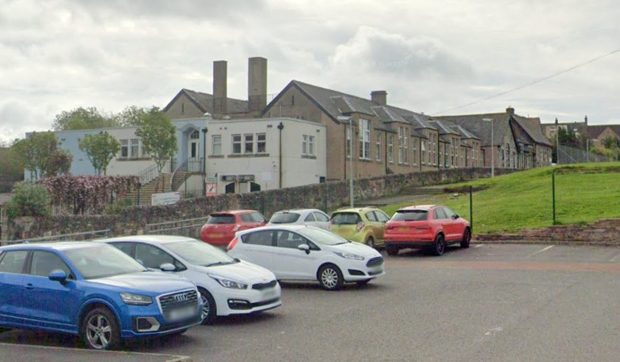


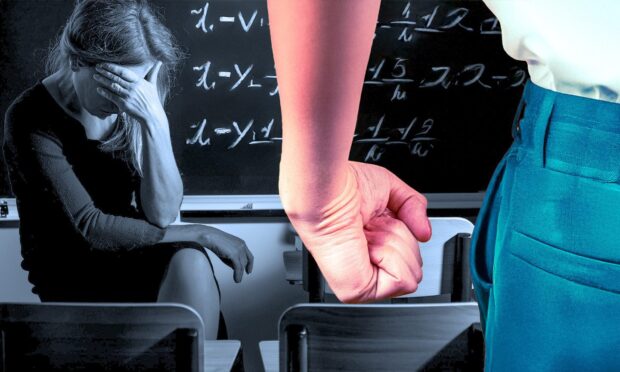
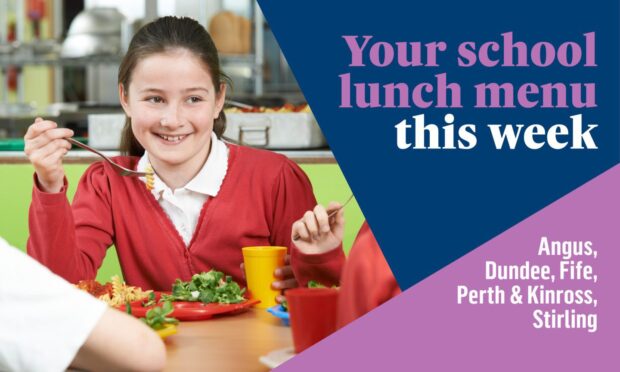


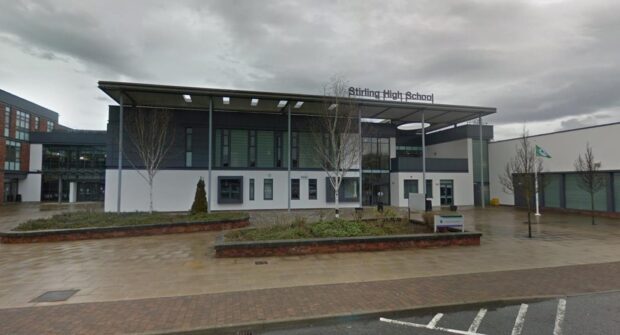


Conversation